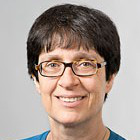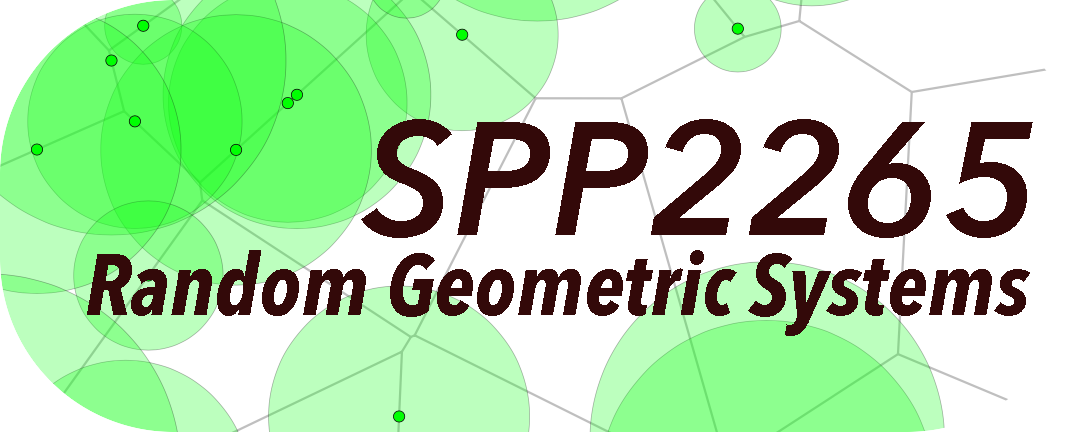Spatial population models with local self-interactions
Description Phase 2
Description Phase 1
We focus on (1) extinction versus survival regimes, (2) in an equilibrium, when including neutraltypes: growth of clusters versus local diversity, (3) front speed and fluctuations in expanding populations in a random environment. A common connecting tool is the study of the spatial embedding of ancestral lines, which are random walks in a dynamic random environment.
Preprints/Publications
Matthias Birkner, Andrej Depperschmidt, Timo Schlüter: Pair coalescence times of ancestral lineages of two-dimensional logistic branching random walks (05/2024)
Pascal Oswald: Ancestral lineages for a branching annihilating random walk (03/2024) published
Matthias Birkner, Andrej Depperschmidt, Timo Schlüter: Quenched CLT for ancestral lineages of logistic branching random walks (03/2024)
Matthias Birkner, Alice Callegaro, Jiří Černý, Nina Gantert, Pascal Oswald: Survival and complete convergence for a branching annihilating random walk (04/2023) published
Jiří Černý, Alexander Drewitz, Pascal Oswald: On the tightness of the maximum of branching Brownian motion in random environment (12/2022) published
Stein Andreas Bethuelsen, Matthias Birkner, Andrej Depperschmidt, Timo Schlüter: Local limit theorems for a directed random walk on the backbone of a supercritical oriented percolation cluster (05/2021) published
Members
-

Prof. Dr. Matthias Birkner
Johannes Gutenberg-Universität Mainz
Principal Investigator -

Prof. Dr. Nina Jael Gantert
Technische Universität München
Principal Investigator -

Dr. Alice Callegaro
Technische Universität München
Associated Scientist -

Prof. Dr. Jiří Černý
Universität Basel
Associated Scientist -

B. Sc. Gideon R. Chiusole
Technische Universität München
Associated Scientist -

M. Sc. Eszter Couillard
Technische Universität München
Associated Scientist -

M. Sc. Flavio Dalessi
Universität Basel
Associated Scientist -

M. Sc. Jan Lukas Igelbrink
Johannes Gutenberg-Universität Mainz
Associated Scientist -

Dr. Pascal Oswald
Associated Scientist -

M. Sc. Janine Piesold
Johannes Gutenberg-Universität Mainz
Associated Scientist

